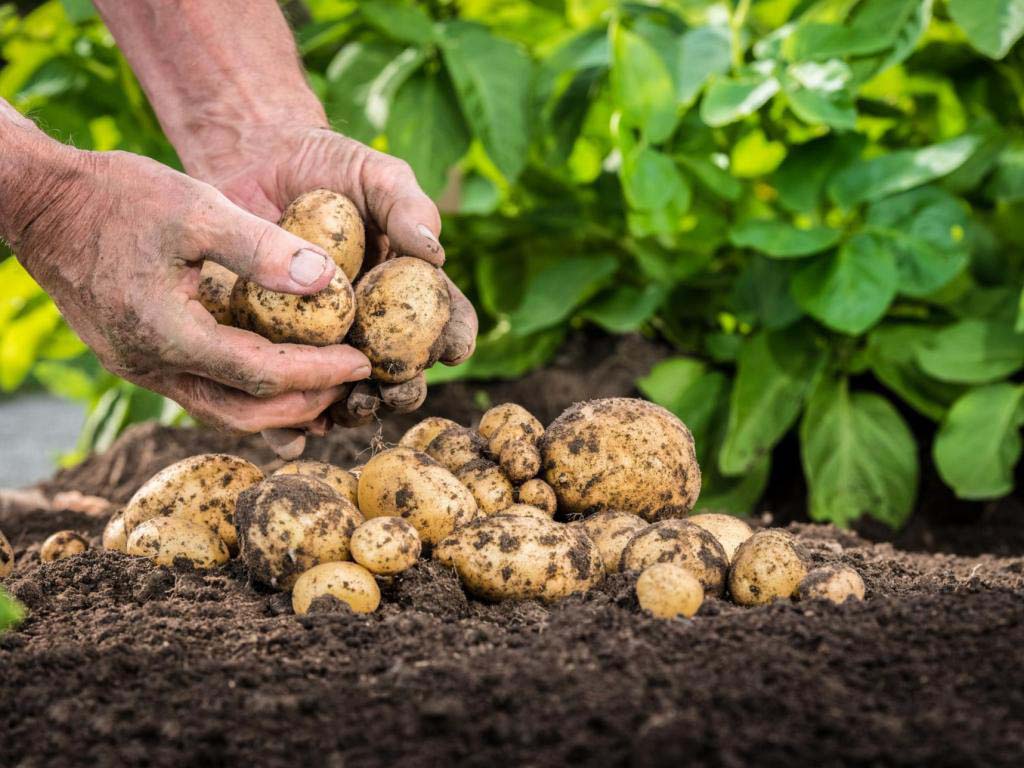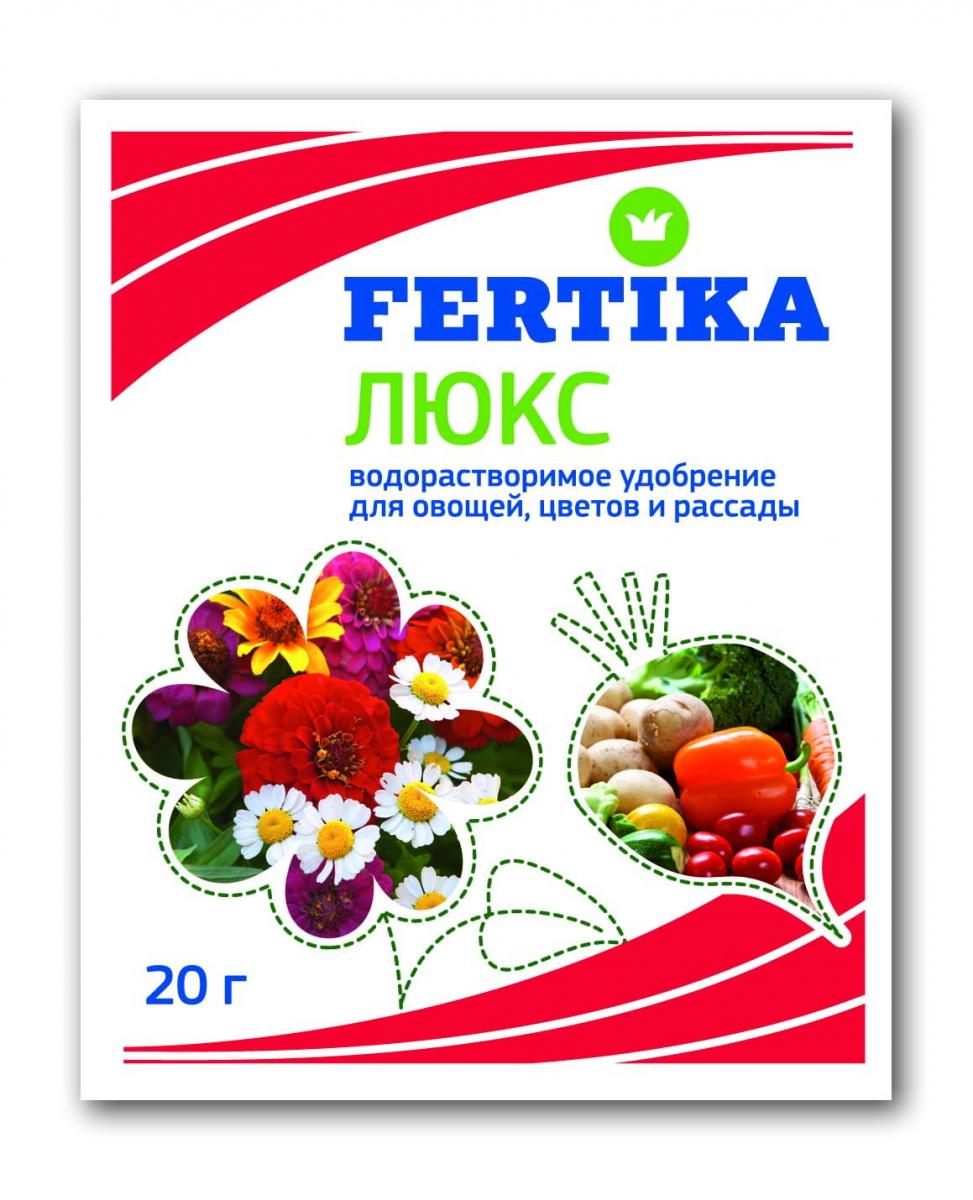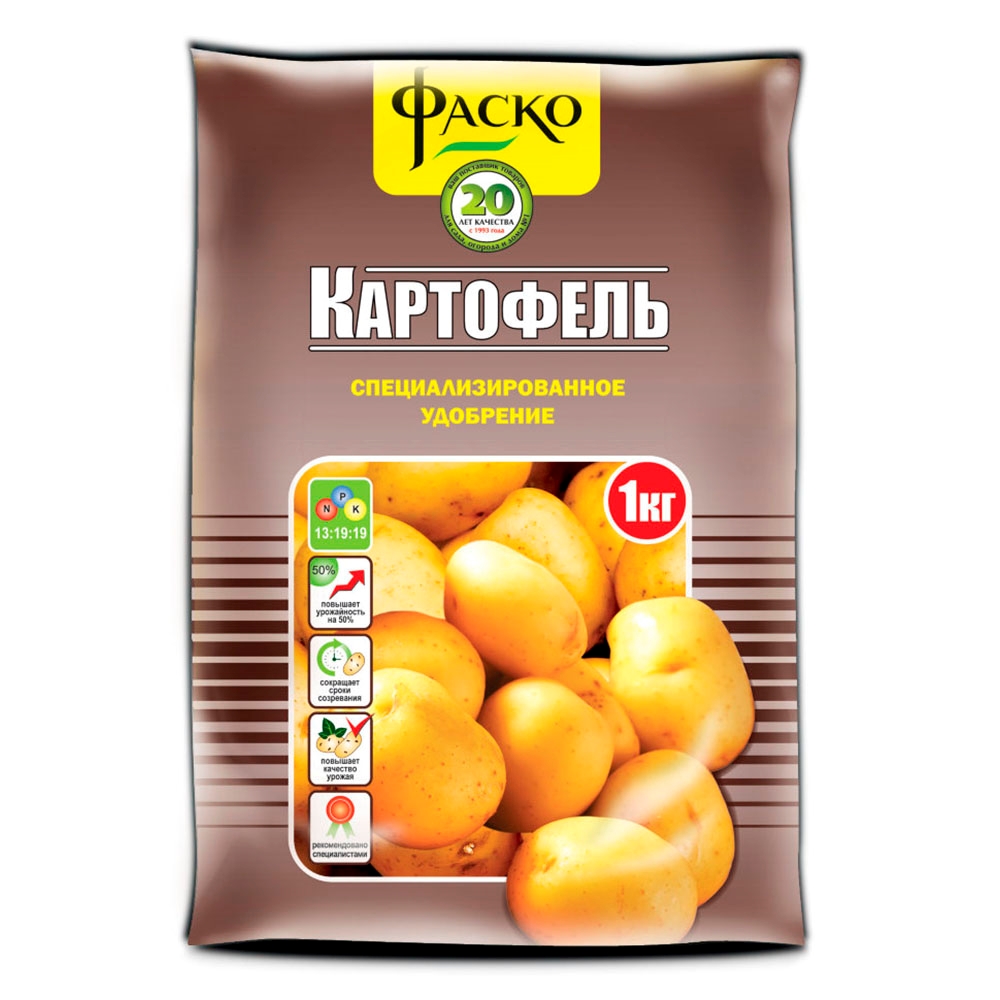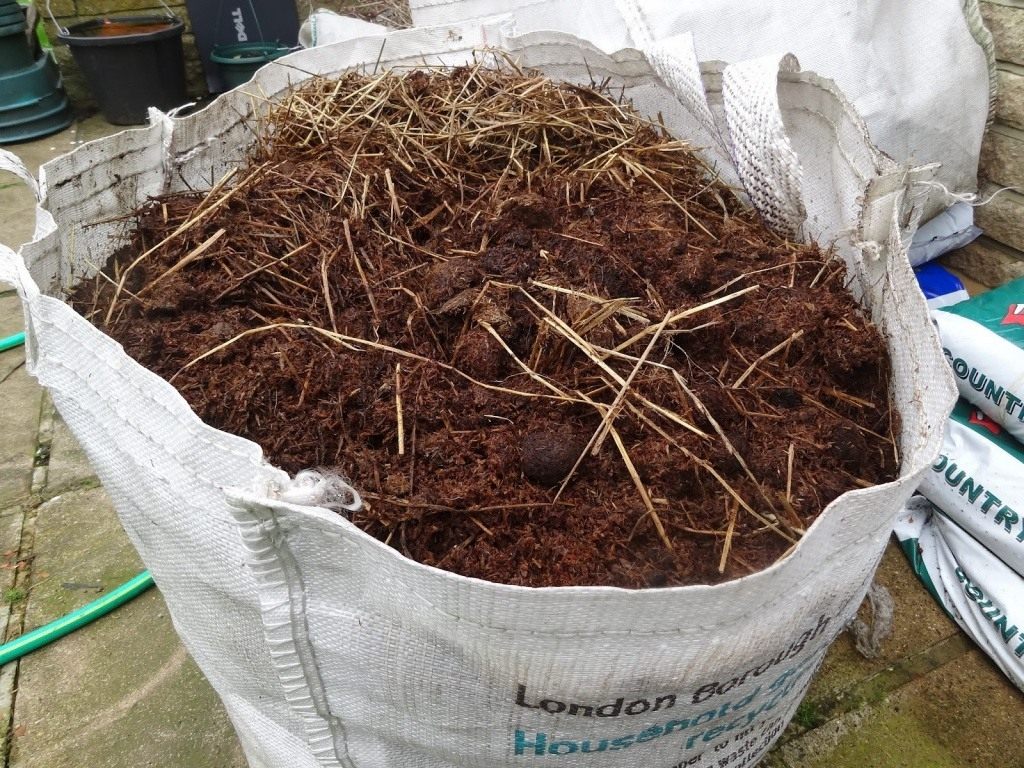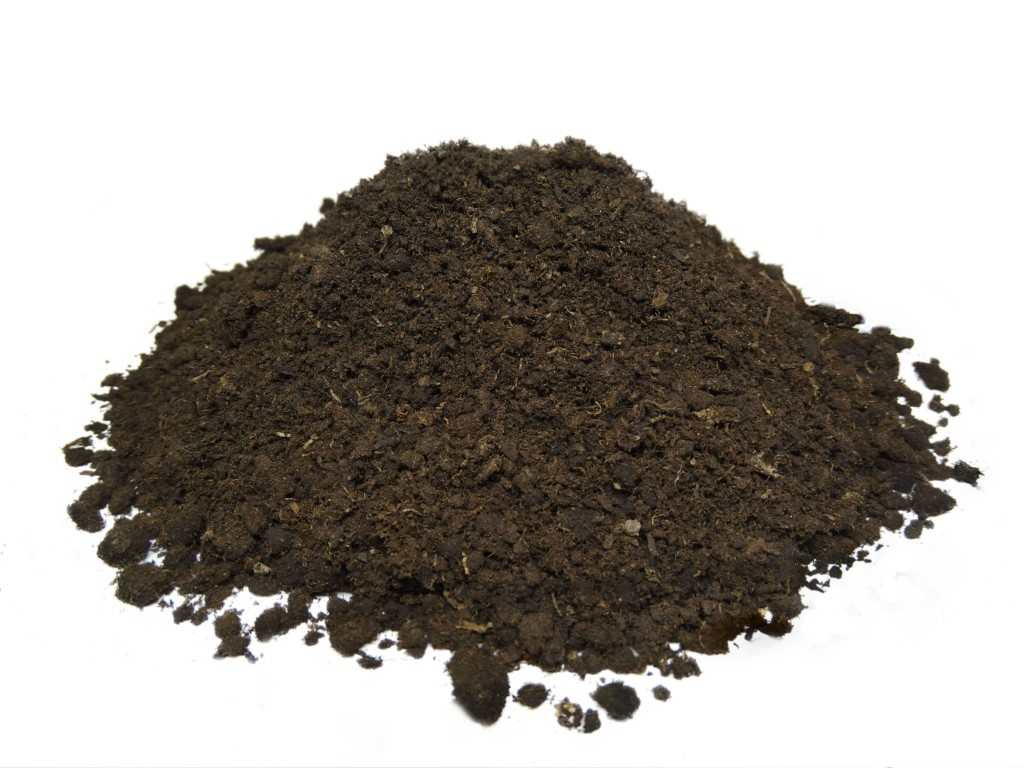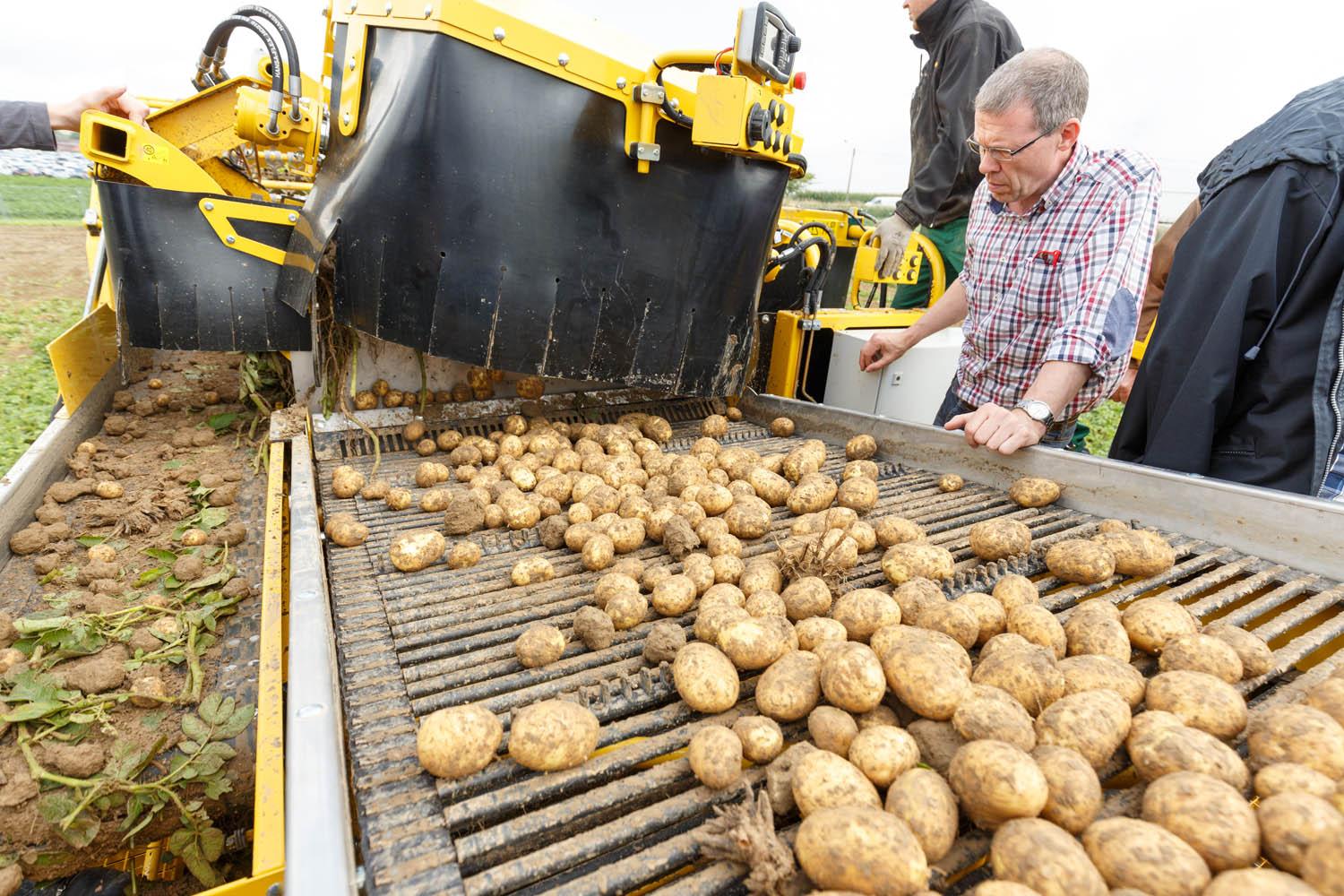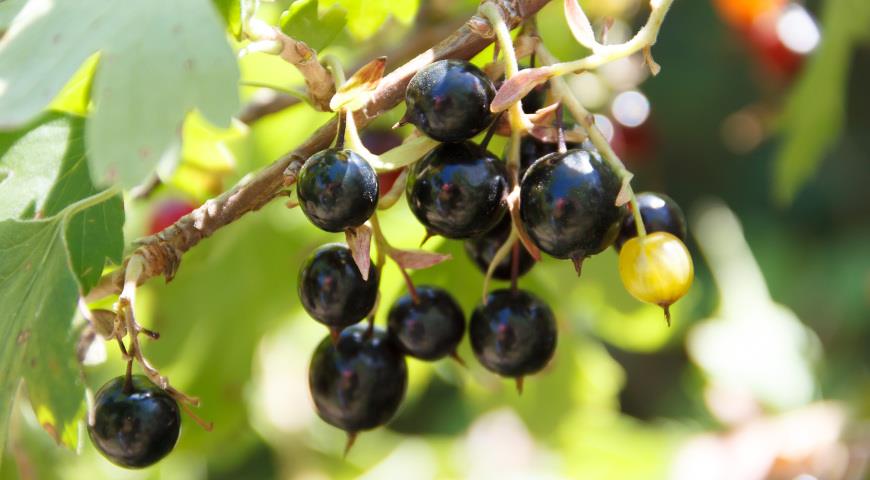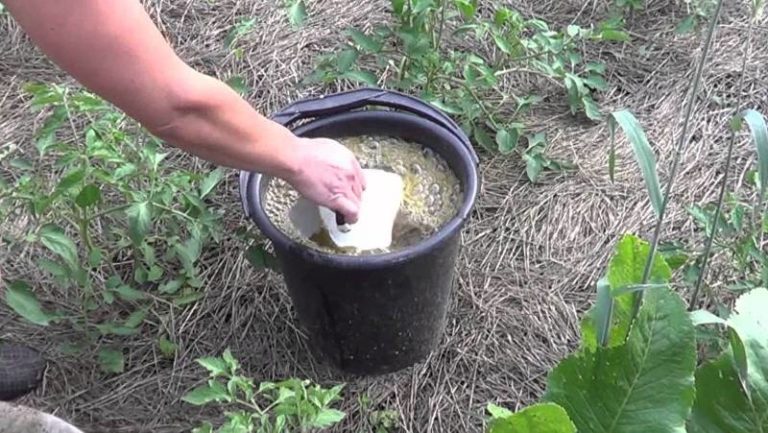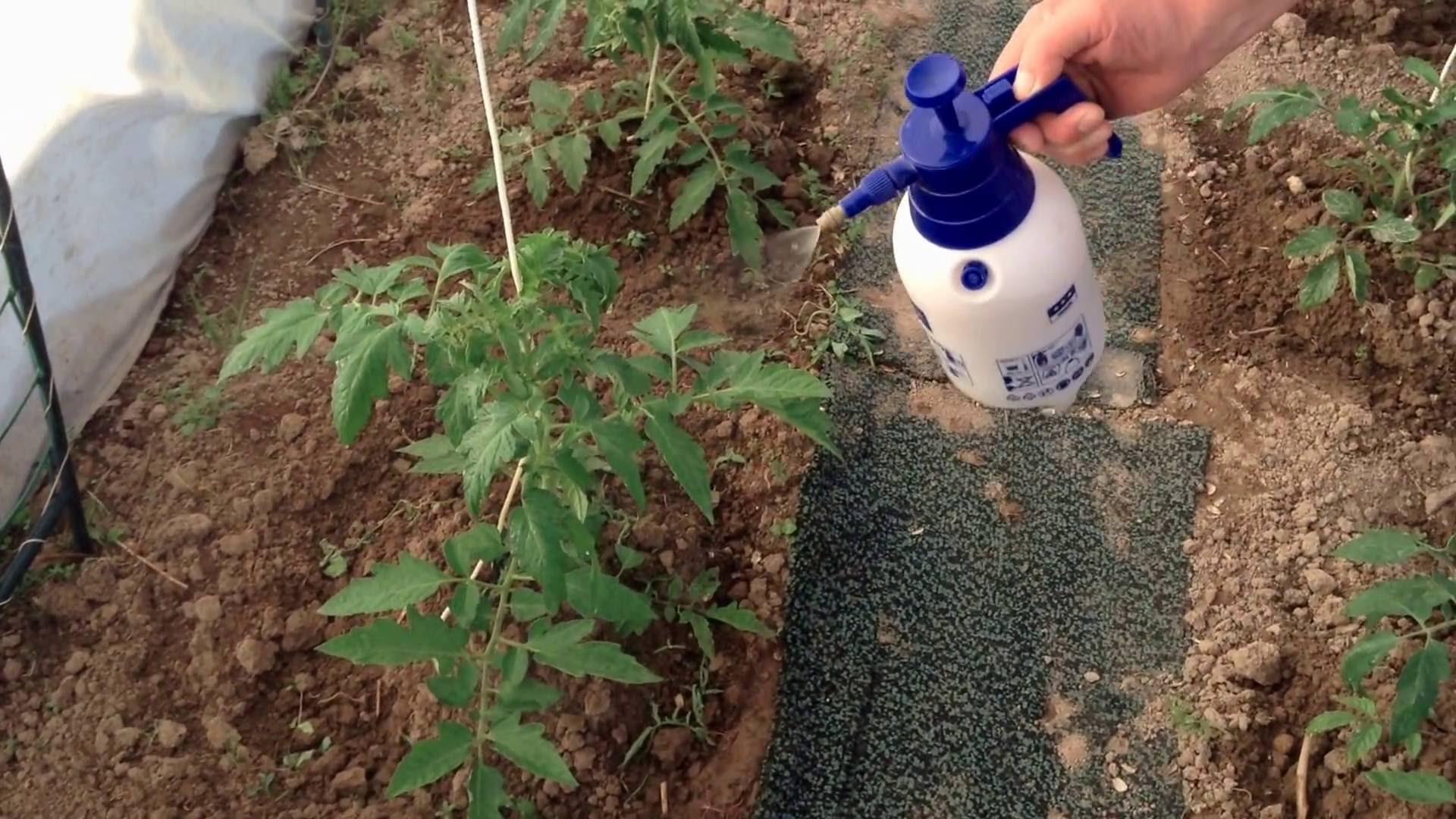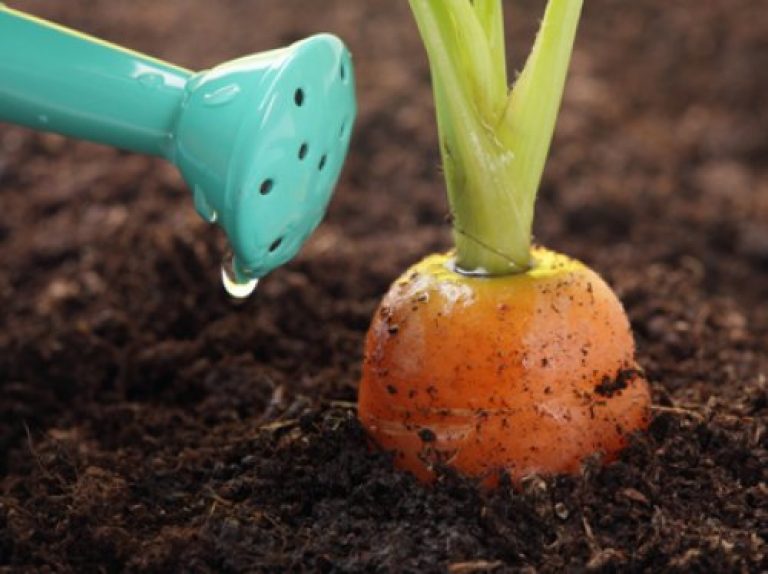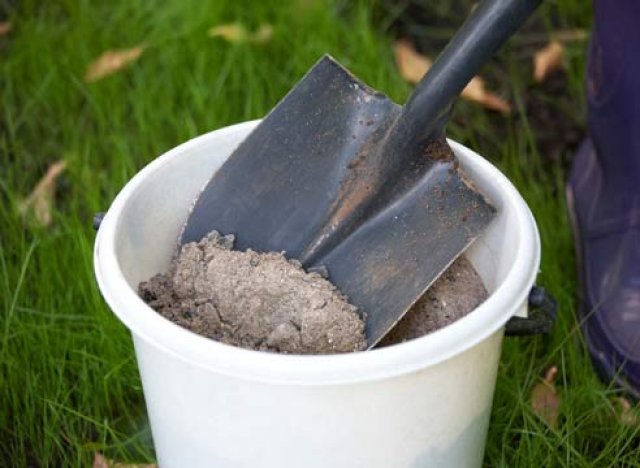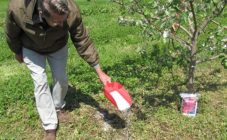Content:
Potatoes are the second bread on the table; the cultivation of this crop is of great importance. This vegetable has its own requirements for soil and climatic characteristics. Therefore, anything that is lacking for good growth and development of potatoes can be corrected with fertilizers.
What is potato feeding for?
Any plant needs elements such as nitrogen-phosphorus-potassium. For potatoes, they are simply necessary, since root crops need nutrition for growth.
For normal growth, one root crop requires:
- 50 g of nitrogen;
- 20 g of phosphorus;
- 100 g of potassium.
In addition, some of the elements evaporate. For this reason, it is imperative to fertilize potatoes.
There are several ways to fertilize potatoes:
- Apply complex mineral fertilizers;
- Revive with one-component fertilizer;
- Use organic.
Trace elements not only help the potato grow, but also contribute to its resistance to diseases such as:
- Scab;
- Late blight;
- Nematode.
Also, thanks to microelements, root crops have the property of keeping quality, due to which they are stored in the cellar for a long time.
The most important elements are:
- Manganese;
- Zinc;
- Boron;
- Copper;
- Calcium;
- Iron;
- Magnesium;
- Sulfur;
- Cobalt;
- Molybdenum.
Fertilizers
On individual plots, gardeners most often used organic fertilizers and nitrophosphate. But during the development of technology, many new fertilizers have appeared that perfectly stimulate plant growth.
Among these it should be noted:
- Omu;
- Kemira;
- Fertika;
- Azofoska;
- Fusco.
Let's consider each of them in more detail and determine the advantages and disadvantages of these fertilizers.
Omu
The main feature of this fertilizer is that it contains humic compounds. They are essential for both growth and development of the plant. In addition, Omu lasts much longer than other fertilizers.
Today, for planting potatoes, gardeners use potato planters, which are equipped with a special compartment for mineral fertilizers. Thanks to this, they fall directly into the soil.
Omu potato is a fertilizer that is ideal for all types of soil. It is especially recommended for use in light soils, which contain a small amount of mineral elements. Thanks to its long-term action, the soil becomes fertile.
You need to use this fertilizer regularly, so the soil will receive a huge supply of trace elements, which are so necessary for the growth and development of vegetables.
The advantages of this fertilizer include:
- The fertilizer contains a large amount of trace elements that are necessary for the growth and development of plants;
- With the help of this fertilizer, the yield of potatoes will increase;
- Omu fertilizer for potatoes helps plants resist fungal diseases;
- Does not contain chlorine;
- After using this fertilizer, potato tubers are perfectly preserved and lie in storage for a long time;
- Suitable for application, both in open ground and for greenhouses and hotbeds.
The composition includes:
- N - 6%;
- P2O5 - 8%;
- K2O - 9%;
- MgO - 2.0%;
- P - 3.5%;
- K - 7.5%;
- Mg - 1.2%;
- S - 4.69%;
- C - 2.0%;
- Cu - 0.01%;
- Zn - 0.01%;
- Fe - 0.06%;
- Mn - 0.1%;
- B - 0.025%;
- Na - 0%.
Kemira potato
This fertilizer is made directly for potatoes. It contains all the necessary elements that are needed for the growth and development of this vegetable. At the same time, there is no chlorine in the composition, which has a beneficial effect on root crops and contributes to their development and growth. This fertilizer must be applied to the soil. Moreover, the first time it is used during the preparation of the soil for planting a crop.
The positive qualities of Kemira for potatoes include:
- Lack of nitrates and low content of harmful elements;
- Fertilizer production exclusively from natural raw materials;
- Complete absence of chlorine;
- Safety for the human body;
- Convenient use;
- Balanced composition of trace elements.
The use of Kemira, in comparison with other fertilizers, gives a greater yield of potatoes. At the same time, the tubers will have a larger starch composition, which contributes to the long shelf life of the vegetable.
When preparing fertilizers, use:
- 2.7% sulfur;
- 11% nitrogen;
- 17% potassium;
- 9% phosphorus;
- 2.7% magnesium.
All these components are thoroughly mixed and granulated, which is very convenient when fertilizing the soil.
Fertica for potatoes
Top dressing of potatoes is a very important procedure for stimulating growth and obtaining a high yield. Fertika fertilizer for potatoes will do an excellent job with this task. It contains no chlorine, as this element reduces plant growth and prevents the development of tubers.
The fertilizer has the ability to be easily absorbed by the plant and has a beneficial effect on the accumulation of starch in the tubers, which contributes to the good keeping quality of vegetables.
The preparation contains:
- 10.7% nitrogen;
- 8.7% phosphorus;
- 16% potassium;
- 2.7% magnesium;
- 2.7% sulfur.
The instructions for using this fertilizer are completely uncomplicated. It is enough to add the granules to the moist soil when preparing the soil for planting potatoes. The main thing is to adhere to the norms.
The advantages of this fertilizer are:
- Positive effect on growth, which accelerates tuber formation. Thus, the yield increases;
- Serves as protection against pests and diseases;
- It makes it possible to significantly increase the shelf life;
- Does not contain nitrates;
- Safe for the body;
- It is made from natural raw materials.
Azofoska
The use of Azofosk fertilizer for potatoes is convenient because it dissolves easily in water. But it should be remembered that after the expiration date it is not recommended to use this fertilizer, as it can lose its qualities. Azofosk is used for any kind of soil.
The positive qualities include:
- When using fertilizer, the plant receives all the necessary trace elements;
- It is applied both as part of other fertilizers and as an independent fertilizer;
- Has a positive effect on the root system;
- Promotes plant growth;
- Protects root crops from diseases;
- Promotes flowering;
- Increases shelf life;
- Thanks to the use of Azofoska, the tubers have a rich taste;
- They can lie in the soil for a long time.
Fasco
Thanks to the use of Fasco fertilizer, potatoes ripen much faster, while the yield doubles.
The advantages of this fertilizer:
- A liquid state, due to which the plants quickly assimilate the trace elements they need;
- All elements are selected and balanced, which is why the plant not only gives a good harvest, but also practically does not get sick.
Fasco is used both during planting and after seedlings appear. In this case, the seedlings need to be fed every ten days in the summer.
The preparation includes:
- Nitrogen - 0.9%;
- Phosphorus - 0.6%;
- Potassium - 1.5%;
- Organic matter - 3.0%.
You can buy mineral fertilizers in special stores or on the manufacturer's websites. At the same time, check if there is delivery in Moscow and the region.
Organic fertilizers
Most summer residents use the old age-old methods of fertilizing potatoes and at the same time get good yields.
To do this, use:
- Manure;
- Sawdust;
- Peat.
Manure
Most often, manure is used when planting potatoes. It consists of animal feces as well as bedding. It should be borne in mind that manure for fertilization must be rotted. Only in this case will it give an effect for the growth and development of culture. You can also use slurry as top dressing. But it must be diluted before use.
Sawdust
This material makes excellent compost. But at the same time, not only sawdust is suitable for this fertilizer. The tops of various plants, eggshells, peat, manure, ash and more are also thrown into a heap for humus. Rotting, it all becomes like black soil. At the same time, it is introduced into the soil in the amount that is available in the country. But in order for the compost to give a positive result, it must be introduced into the soil in the fall, because non-decayed components do not affect the growth of the plant in any way.
Peat
This fertilizer is more commonly used for mulching than for soil fertilization. To make fertilizer from it, it is mixed with manure in a ratio of three to one. Only then can the condition of the bad soil be improved.
How to fertilize
The soil must be properly prepared before planting potatoes. This is done in the fall. Then fertilization is applied for the first time. In most cases, this is manure or compost.
In the spring, fertilizers are applied in the following doses per one hundredth of the plot:
- 1 bucket of humus, 1 glass of ash, 3 tbsp. nitrophoski;
- 20 g of ammonium nitrate, 20 g of potassium sulfate, while this mixture must be added after the land has been plowed;
- Peat manure (or compost), 20-30 g. Of nitrophoska; between the rows, fertilizing with ammonium nitrate (20 g) and potassium sulfate (20 g) is done;
- 7-10 kg of humus, ammonium nitrate (20 g), potassium sulfate (20 g), superphosphate (30-40 g), dolomite flour (450 g);
- If there is no organic fertilizer, then an excellent option would be to apply nitrophoska - 5 kg per hundred square meters, or nitroammophoska - 3 kg per hundred square meters.
During planting, fertilizers are applied directly to the hole. To do this, take 700 grams of dry humus and a handful of ash. Or put 1 tablespoon in the hole. nitrophosphate and 0.5 cups of bone meal. Foliar dressing of potatoes can also be used. For this, foliar spraying is used.
Fertilizing potato seedlings
Potato seedlings need watering. You need to know how to feed the potatoes after germination, even before hilling is carried out. Such dressing is done after a little loosening.
To do this, use the folk method:
- Poultry manure solution. It is bred one to ten and watered between the rows;
- Urea is taken at the rate of one tablespoon per ten liters of water and half a liter of solution is applied under each bush;
- To prepare a mullein, take a liter of fresh manure and dilute it in ten liters of water. Watering should be done between the rows.
Fertilizer Giant for potatoes is a good substitute for organic matter.
With a number of advantages, this tool helps:
- Enrichment of the soil with humus;
- Stimulating the growth of potato eyes;
- Resistant to weather changes;
- Tuber formation;
- Long-term storage;
- Strengthens the root system;
- Increase productivity.
Fertilizing potatoes is very important. But at the same time, it should be remembered that excessive application of mineral fertilizers can only harm the plant. Therefore, it is necessary to strictly adhere to the instructions for use of one type or another.
